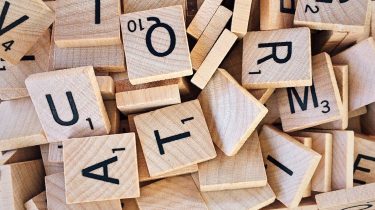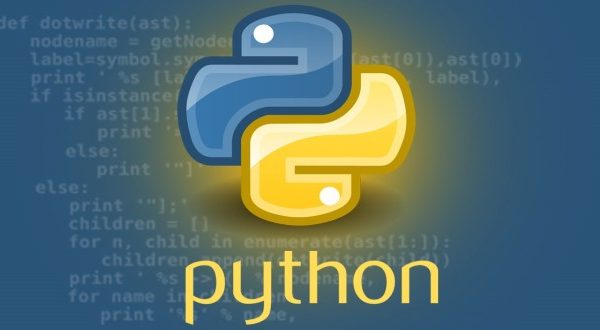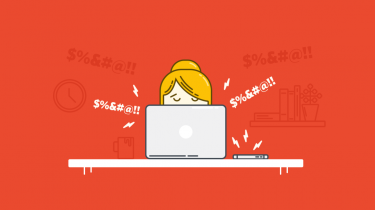Elon Musk AI Text Generator with LSTMs in Tensorflow 2
Introduction Elon Musk has become an internet sensation over the past couple of years, with his views about the future, funny personality along with his passion for technology. By now everyone knows him, either as that electric car guy, or that guy who builds flamethrowers. He is mostly active on his Twitter, where he shares everything, Even memes! He inspires a lot of young people in the IT industry, and I wanted to do a fun little project, where I […]
Read more





